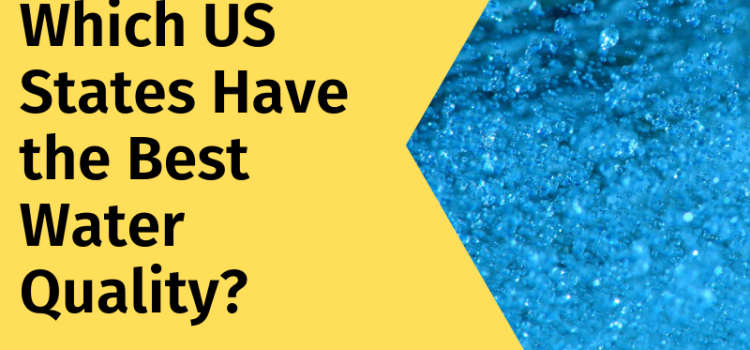Author(s): Meena K. Yadav; Short, M. D.; Rupak Aryal; Gerber, C.; Akker, B. van der; Saint, C. P.
Source: Water Research, 124 713-727; 10.1016/j.watres.2017.07.0682017
Abstract: This review critically evaluates the types and concentrations of key illicit drugs (cocaine, amphetamines, cannabinoids, opioids and their metabolites) found in wastewater, surface water and drinking water sources worldwide and what is known on the effectiveness of wastewater treatment in removing such compounds. It is also important to amass information on the trends in specific drug use as well as the sources of such compounds that enter the environment and we review current international knowledge on this. There are regional differences in the types and quantities of illicit drug consumption and this is reflected in the quantities detected in water. Generally, the levels of illicit drugs in wastewater effluents are lower than in raw influent, indicating that the majority of compounds can be at least partially removed by conventional treatment processes such as activated sludge or trickling filters. However, the literature also indicates that it is too simplistic to assume non-detection equates to drug removal and/or mitigation of associated risks, as there is evidence that some compounds may avoid detection via inadequate sampling and/or analysis protocols, or through conversion to transformation products. Partitioning of drugs from the water to the solids fraction (sludge/biosolids) may also simply shift the potential risk burden to a different environmental compartment and the review found no information on drug stability and persistence in biosolids. Generally speaking, activated sludge-type processes appear to offer better removal efficacy across a range of substances, but the lack of detail in many studies makes it difficult to comment on the most effective process configurations and operations. There is also a paucity of information on the removal effectiveness of alternative treatment processes. Research is also required on natural removal processes in both water and sediments that may over time facilitate further removal of these compounds in receiving environments.
The post Occurrence of illicit drugs in water and wastewater and their removal during wastewater treatment. appeared first on Facts About Water.
Source: Water Feed









Thank you for your sharing. I am worried that I lack creative ideas. It is your article that makes me full of hope. Thank you. But, I have a question, can you help me?
Thanks for sharing. I read many of your blog posts, cool, your blog is very good.
Thanks for sharing. I read many of your blog posts, cool, your blog is very good. https://www.binance.info/register?ref=IHJUI7TF
Can you be more specific about the content of your article? After reading it, I still have some doubts. Hope you can help me.